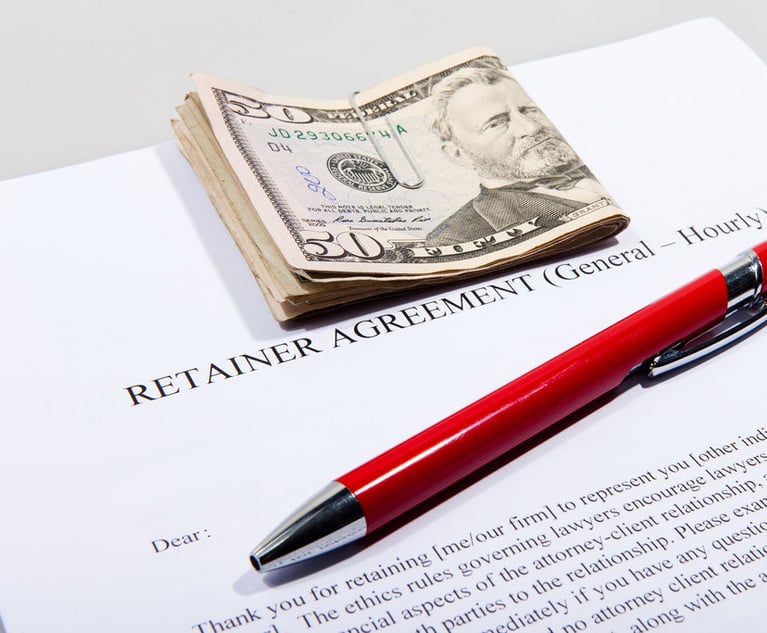Stopping Pa.'s Puppy Mills in Their Tracks
In the 1990s and early 2000s, Pennsylvania was known as the puppy mill capital of the East—if not the entire United States. There were over 350 licensed large-scale breeding kennels, often housing hundreds of dogs each, as well as countless unlicensed kennels. Prioritizing profits over the dogs' wellbeing, many of these large commercial kennels provided obscenely unsanitary and inhumane housing, little or no veterinary care for the dogs and kept the breeding dogs in cages or kennels for their entire lives. The dogs often got no exercise, had no protection from extremes of heat and cold and suffered from splayed paws as a result of having to stand on wire mesh rather than a solid floor.
June 20, 2017 at 05:22 PM
8 minute read
In the 1990s and early 2000s, Pennsylvania was known as the puppy mill capital of the East—if not the entire United States. There were over 350 licensed large-scale breeding kennels, often housing hundreds of dogs each, as well as countless unlicensed kennels. Prioritizing profits over the dogs' wellbeing, many of these large commercial kennels provided obscenely unsanitary and inhumane housing, little or no veterinary care for the dogs and kept the breeding dogs in cages or kennels for their entire lives. The dogs often got no exercise, had no protection from extremes of heat and cold and suffered from splayed paws as a result of having to stand on wire mesh rather than a solid floor. At some kennels, cages were stacked on top of one another, causing dogs on the lower levels to be covered in waste from those above. Although the kennels were largely hidden from public scrutiny, photos would sometimes surface showing sad dogs with matted fur and untreated medical conditions living in cramped cages. For those who cared about animal welfare in the state, it was a painful embarrassment.
When Gov. Ed Rendell, a dog lover and proud rescue dog parent, took office in 2003, he was determined to improve conditions for breeding dogs in the state. He added six new positions to the Bureau of Dog Law Enforcement (BDLE) within the Department of Agriculture and reconstituted the Dog Law Advisory Board with the goal of passing stricter kennel regulations. After much debate and input from all constituencies, on Oct. 9, 2008, Gov. Rendell signed House Bill 2525 (now Act 119) which dramatically increased the standard of care for dogs living in kennels in Pennsylvania. Act 119 was designed to force large-scale commercial dog breeders to choose between upgrading their facilities and the care they provide or to risk having their license revoked. Under the law, a commercial kennel is one that sells or transfers at least 60 dogs a year. The new law required, among other things, unfettered access to and from an exercise area, better ventilation, solid (rather than wire) flooring and roughly doubled the required size of kennels. Kennels were also required to keep records demonstrating that their animals were seen by a veterinarian at least every six months.
After the enactment of the law and accompanying regulations, Bob Yarnall Jr, a board member of the Professional Dog Breeders Advisory Council, said that the law imposed the strictest dog breeding regulations of any state, and he predicted that 70 percent of Pennsylvania breeders would immediately shut down if the law were fully enforced because they would not be able to afford the costs of compliance. Indeed, many large commercial breeding operations decided to shut their doors rather than make the investment to comply with the new standards. The total number of commercial kennels has decreased from approximately 350 before 2008 to only about 75 today. According to Kristen Donmoyer, director of Pennsylvania's BDLE, the difference before and after imposition of Act 119 was “amazing.” Even many breeders reported that their dogs were clearly happier after their kennels were upgraded and they had more freedom to be outside and exercise. After several years of enforcement, it appeared to most observers that the law had largely achieved its intended effect of increasing the standard of care for breeding dogs.
This content has been archived. It is available through our partners, LexisNexis® and Bloomberg Law.
To view this content, please continue to their sites.
Not a Lexis Subscriber?
Subscribe Now
Not a Bloomberg Law Subscriber?
Subscribe Now
NOT FOR REPRINT
© 2024 ALM Global, LLC, All Rights Reserved. Request academic re-use from www.copyright.com. All other uses, submit a request to [email protected]. For more information visit Asset & Logo Licensing.
You Might Like
View All

Bosworth Claims It Was Kline & Specter, Not Him, That Breached Settlement Terms
4 minute read
Slip-and-Fall Suit Cleared to Proceed Against Kalahari Indoor Waterpark
3 minute read
'What Is Certain Is Uncertainty': Patchwork Title IX Rules Face Expected Changes in Second Trump Administration
5 minute readTrending Stories
- 1Gibson Dunn Sued By Crypto Client After Lateral Hire Causes Conflict of Interest
- 2Trump's Solicitor General Expected to 'Flip' Prelogar's Positions at Supreme Court
- 3Pharmacy Lawyers See Promise in NY Regulator's Curbs on PBM Industry
- 4Outgoing USPTO Director Kathi Vidal: ‘We All Want the Country to Be in a Better Place’
- 5Supreme Court Will Review Constitutionality Of FCC's Universal Service Fund
Who Got The Work
Michael G. Bongiorno, Andrew Scott Dulberg and Elizabeth E. Driscoll from Wilmer Cutler Pickering Hale and Dorr have stepped in to represent Symbotic Inc., an A.I.-enabled technology platform that focuses on increasing supply chain efficiency, and other defendants in a pending shareholder derivative lawsuit. The case, filed Oct. 2 in Massachusetts District Court by the Brown Law Firm on behalf of Stephen Austen, accuses certain officers and directors of misleading investors in regard to Symbotic's potential for margin growth by failing to disclose that the company was not equipped to timely deploy its systems or manage expenses through project delays. The case, assigned to U.S. District Judge Nathaniel M. Gorton, is 1:24-cv-12522, Austen v. Cohen et al.
Who Got The Work
Edmund Polubinski and Marie Killmond of Davis Polk & Wardwell have entered appearances for data platform software development company MongoDB and other defendants in a pending shareholder derivative lawsuit. The action, filed Oct. 7 in New York Southern District Court by the Brown Law Firm, accuses the company's directors and/or officers of falsely expressing confidence in the company’s restructuring of its sales incentive plan and downplaying the severity of decreases in its upfront commitments. The case is 1:24-cv-07594, Roy v. Ittycheria et al.
Who Got The Work
Amy O. Bruchs and Kurt F. Ellison of Michael Best & Friedrich have entered appearances for Epic Systems Corp. in a pending employment discrimination lawsuit. The suit was filed Sept. 7 in Wisconsin Western District Court by Levine Eisberner LLC and Siri & Glimstad on behalf of a project manager who claims that he was wrongfully terminated after applying for a religious exemption to the defendant's COVID-19 vaccine mandate. The case, assigned to U.S. Magistrate Judge Anita Marie Boor, is 3:24-cv-00630, Secker, Nathan v. Epic Systems Corporation.
Who Got The Work
David X. Sullivan, Thomas J. Finn and Gregory A. Hall from McCarter & English have entered appearances for Sunrun Installation Services in a pending civil rights lawsuit. The complaint was filed Sept. 4 in Connecticut District Court by attorney Robert M. Berke on behalf of former employee George Edward Steins, who was arrested and charged with employing an unregistered home improvement salesperson. The complaint alleges that had Sunrun informed the Connecticut Department of Consumer Protection that the plaintiff's employment had ended in 2017 and that he no longer held Sunrun's home improvement contractor license, he would not have been hit with charges, which were dismissed in May 2024. The case, assigned to U.S. District Judge Jeffrey A. Meyer, is 3:24-cv-01423, Steins v. Sunrun, Inc. et al.
Who Got The Work
Greenberg Traurig shareholder Joshua L. Raskin has entered an appearance for boohoo.com UK Ltd. in a pending patent infringement lawsuit. The suit, filed Sept. 3 in Texas Eastern District Court by Rozier Hardt McDonough on behalf of Alto Dynamics, asserts five patents related to an online shopping platform. The case, assigned to U.S. District Judge Rodney Gilstrap, is 2:24-cv-00719, Alto Dynamics, LLC v. boohoo.com UK Limited.
Featured Firms
Law Offices of Gary Martin Hays & Associates, P.C.
(470) 294-1674
Law Offices of Mark E. Salomone
(857) 444-6468
Smith & Hassler
(713) 739-1250





